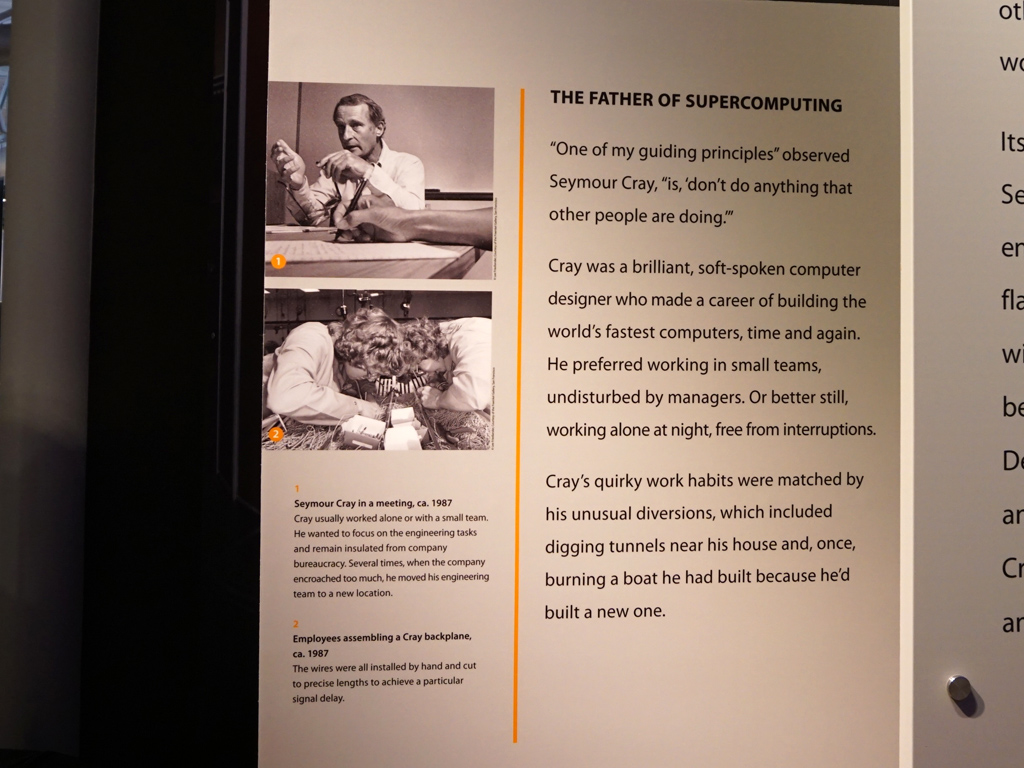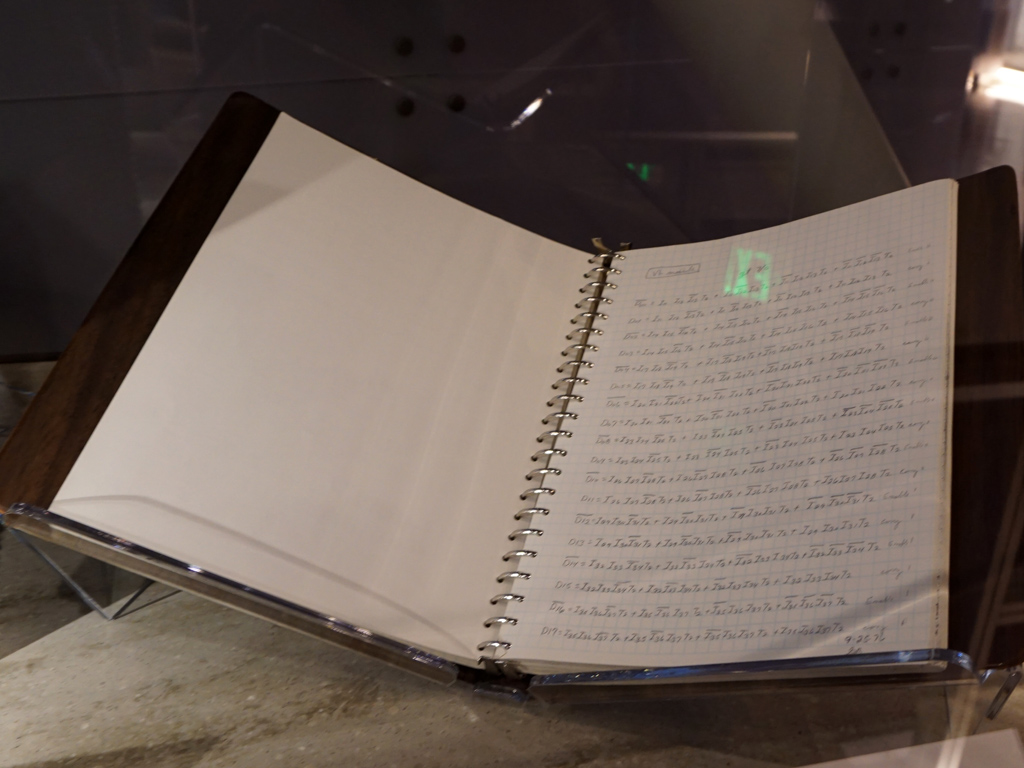Computer History: From The Antikythera Mechanism To The Modern Era
In this article, we shed light on the most important moments in computer history, acknowledging the people that have contributed to this evolution.
Cray Supercomputers
Seymour Cray is recognized as the father of supercomputing, because he devoted his life to building powerful computers. Cray started his career in 1957 at the Control Data Corporation (CDC) where he helped build the CDC 1604, which used transistors instead of vacuum tubes, which were widely used in these days but were unreliable and couldn't offer fast processing speeds. Cray's next venture was the awesome CDC 6600, which managed to surpass IBM's most powerful computer, the 7030 Stretch. Cray worked on several other CDC supercomputers while he was at the company, and in 1972 he decided to found his own company, the Cray Research Inc. in Chippewa Falls, Wisconsin.
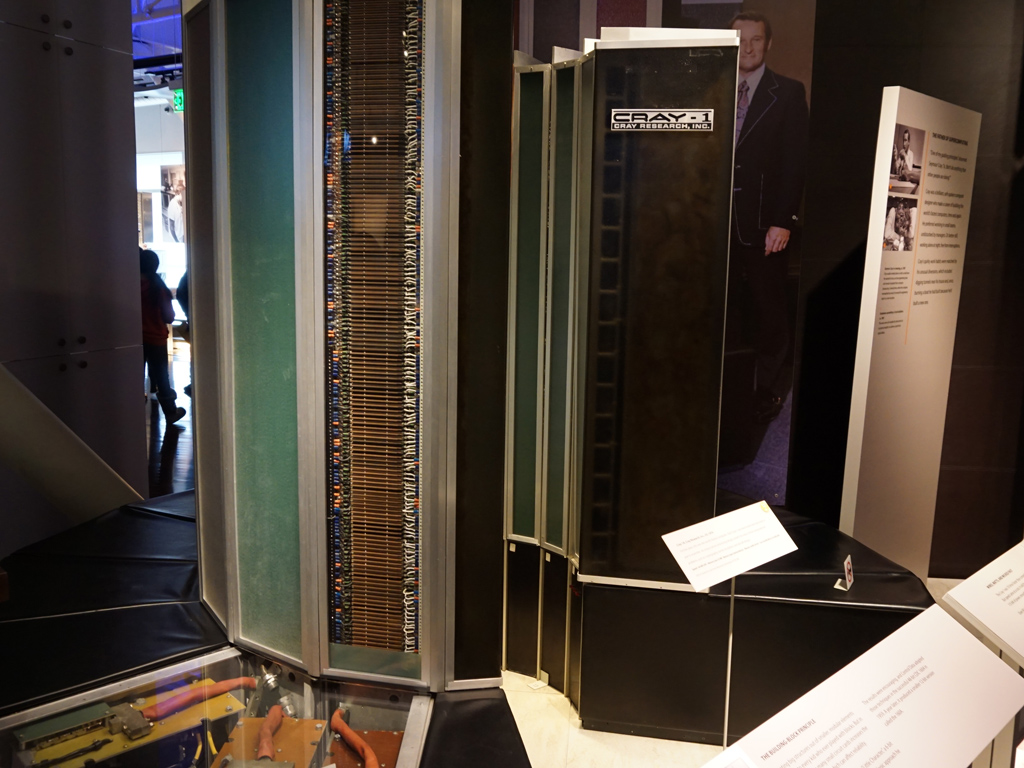
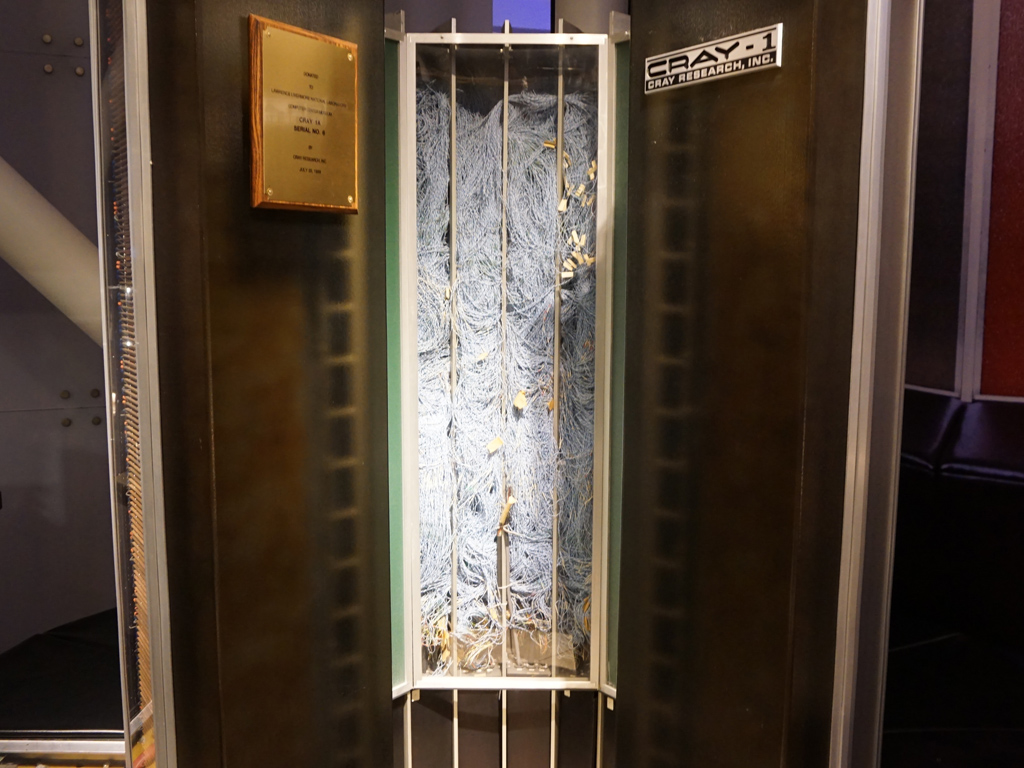

The first Cray supercomputer was released in 1976 and was named Cray-1. It used integrated circuits instead of transistors and was able to deliver 170 MFLOPS, making it the fastest computer of its era. More than 80 Cray-1s were sold and this rendered Cray Research a highly successful company.
In this notebook Seymour Cray kept the design drawings of the Cray-1. His notes used Boolean notation, which the engineers assembled and tested with the system directly, without the need of schematic diagrams.
The Cray-2 followed in 1985, however it wasn't as successful as its predecessor, although it held the world's record for fastest computer for several years with 1.9 GFLOPS peak performance. We should mention that meanwhile Cray had resigned from the company and worked as a full-time independent contractor in order to have the necessary time needed to design and build the Cray-2. This computer was the first to use a combination of liquid and chilled water heat exchangers for cooling down its circuit boards, which were installed so close to each other that conventional air cooling just wouldn't work.
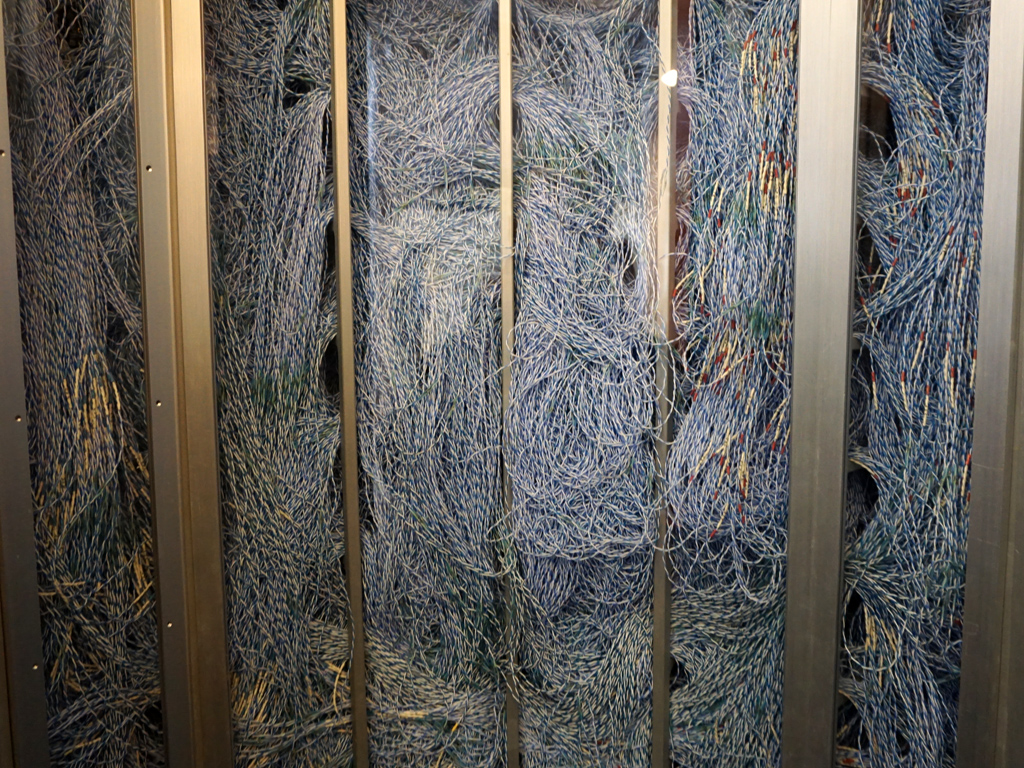
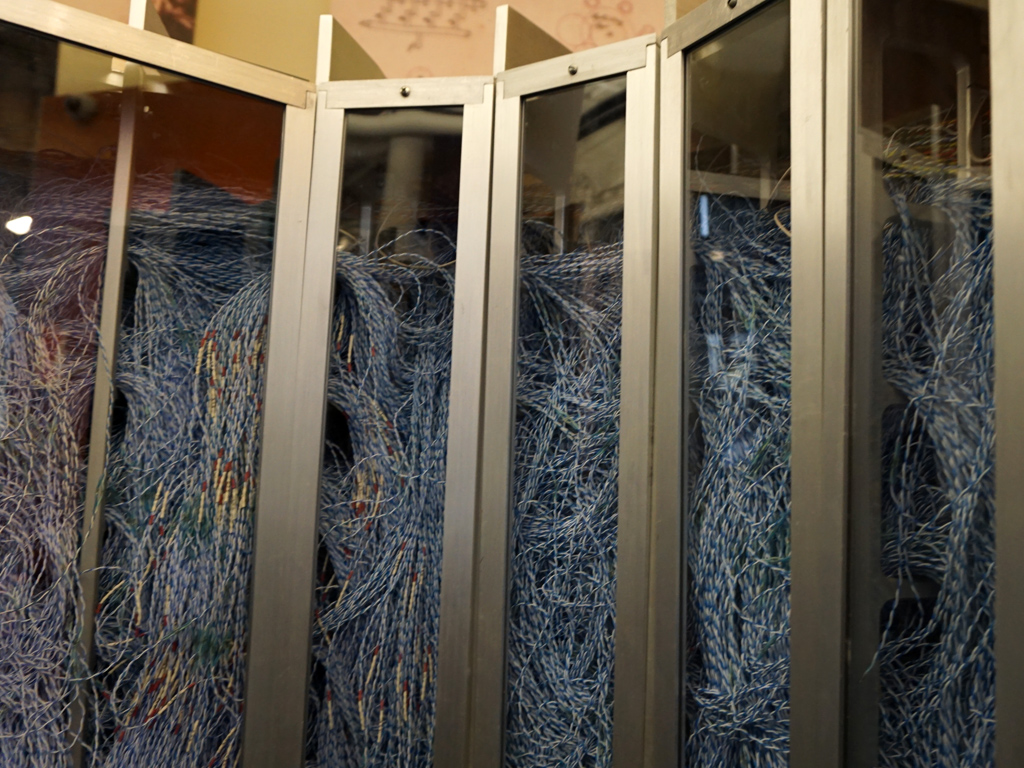

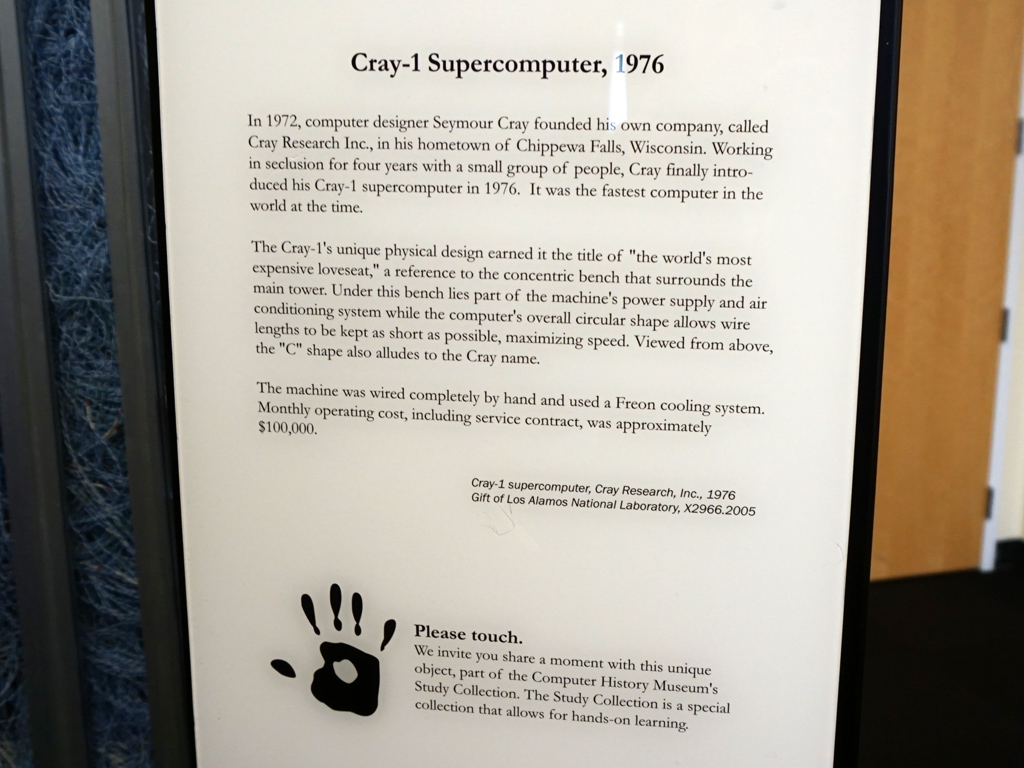
To give you an idea of the computation speed that the Cray-2 offered, in 2012 Piotr Luszczek proved that an Apple iPad 2 could match the performance of a Cray-2 vector supercomputer by using the LINPACK benchmark.
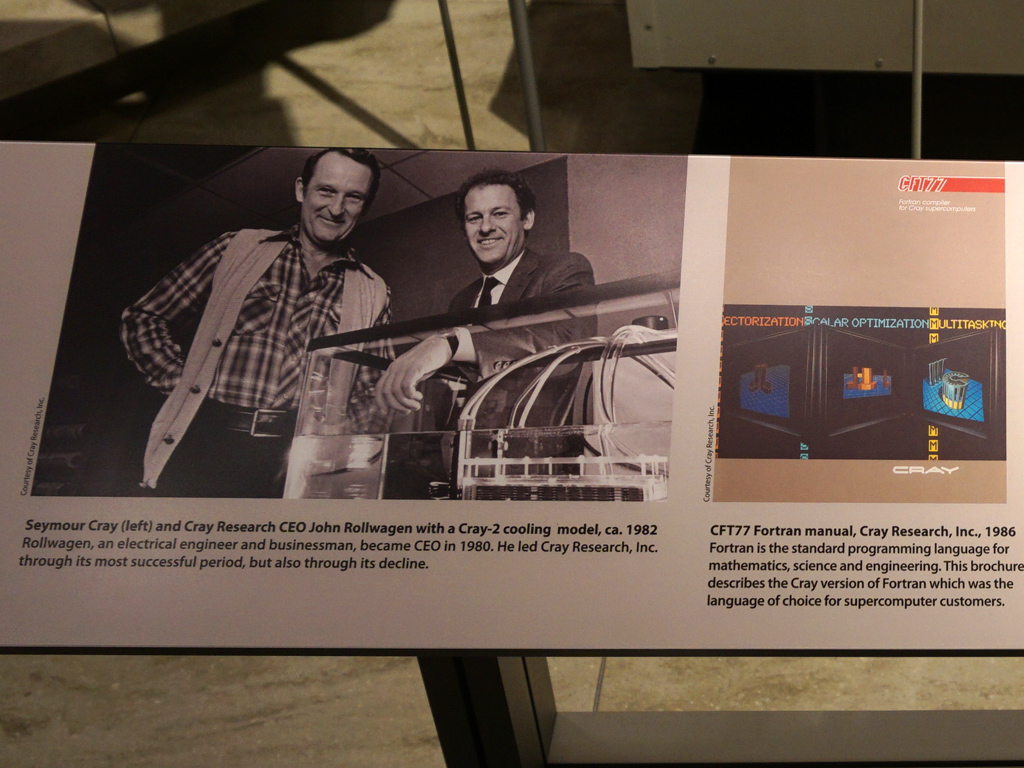
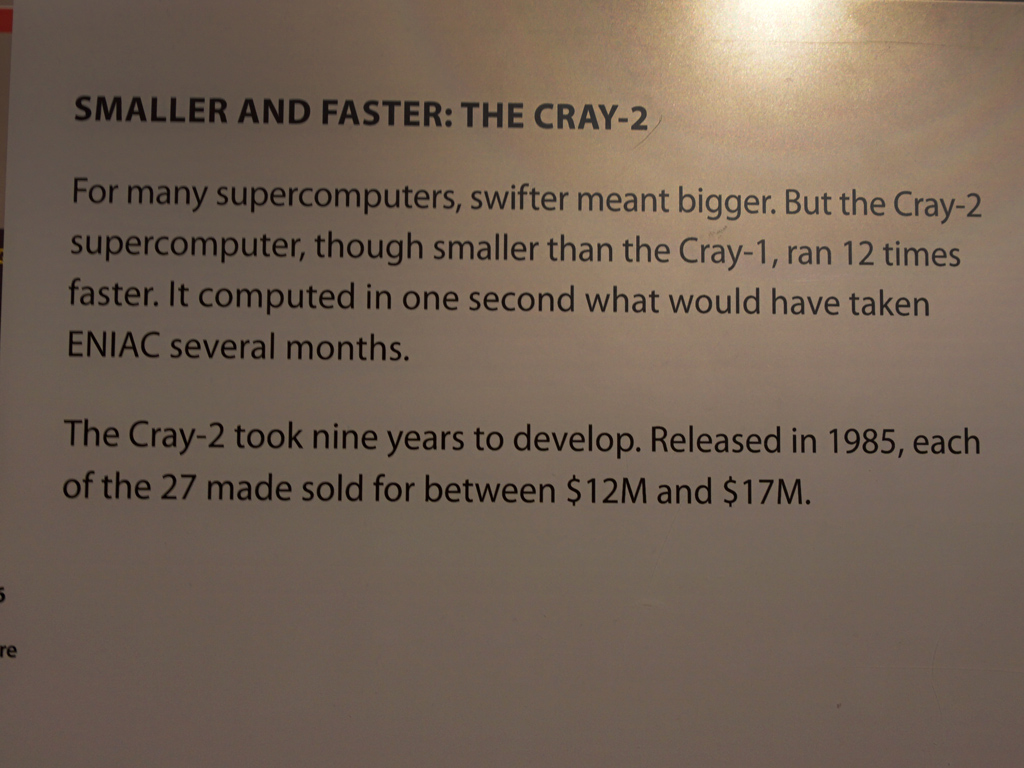
The successor of the Cray-2 was the Cray-3, which used gallium arsenide (GaAs) instead of silicon-based semiconductors. This project was unsuccessful and Cray had to start another company, the Cray Computer Corporation, in order to build a Cray-3 computer, for which he never got any money because it didn't operate reliably. Despite this, he decided to work on the Cray-4, but the company went bankrupt before it was completed.
Get Tom's Hardware's best news and in-depth reviews, straight to your inbox.
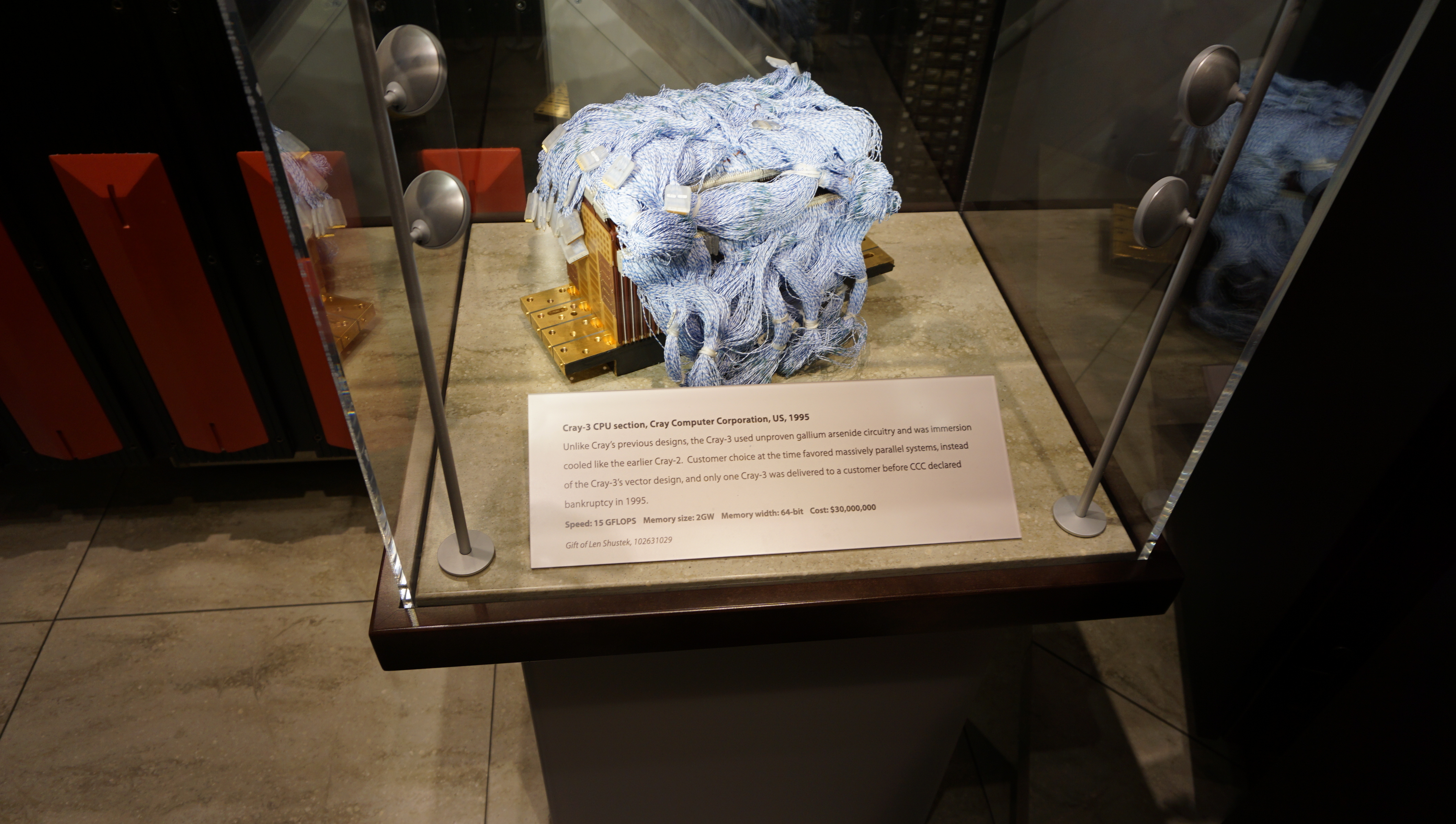
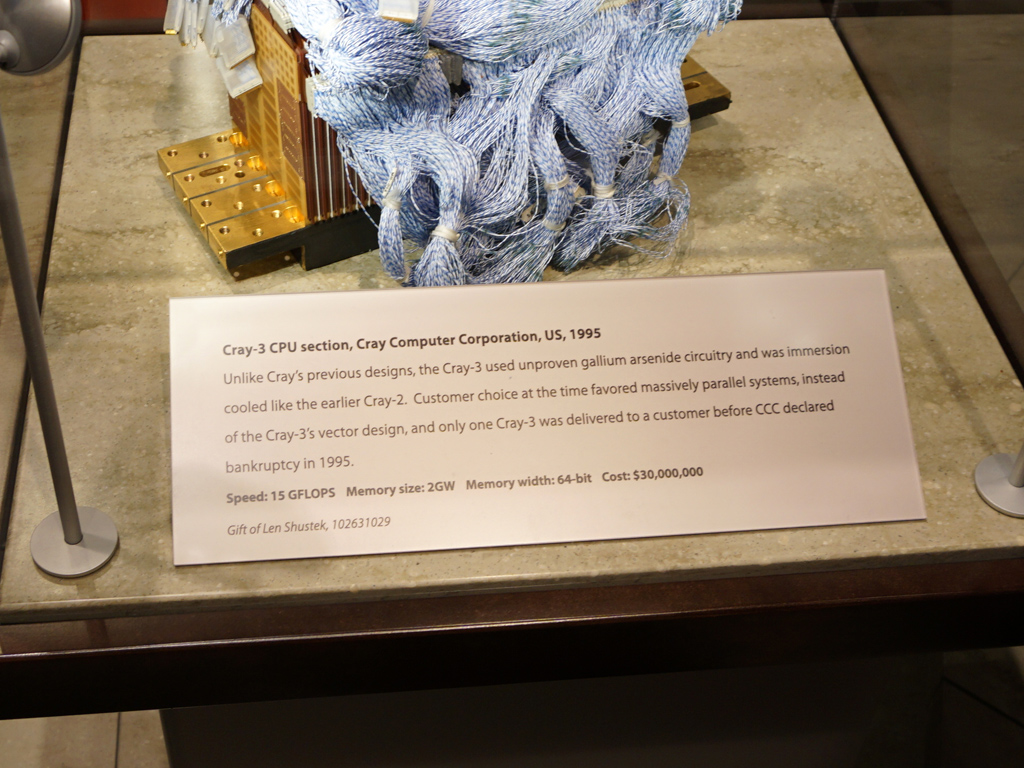
The last company that Cray founded was SRC Computers, where he was working on the design of a massively parallel machine, focused on communications and memory performance. However, Cray lost his life in a car accident, so he didn't have the chance to deliver another excellent idea to the world. The latest launch of SRC Computers, which specializes in re-configurable systems, was in 2015 and had to do with a Reconfigurable Hyperscale Server.
MORE: Who's Who In Power Supplies
MORE: All Power Supply Content
Current page: Cray Supercomputers
Prev Page TX-0, DEC PDP-1, The Hacking Ethic And Other DEC Computers Next Page The Information Technology Revolution - The First Processors (CPUs)
Aris Mpitziopoulos is a contributing editor at Tom's Hardware, covering PSUs.
